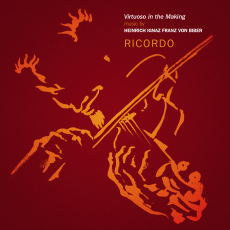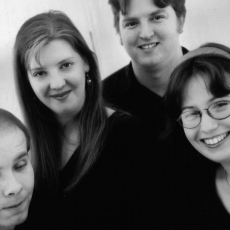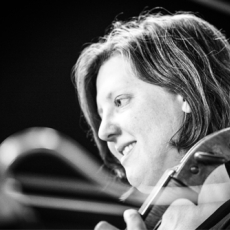Ricordo - Virtuoso in the Making: music by Biber - International Record Review
Ricordo's recording début of pieces attributed to Biberdraws upon two manuscript collections. The vast Kroméríž Archives were assembled for Archbishop Karl Leichtenstein-Kastelkorn principally by Pavel Vejvanovský, his court trumpeter from 1666 to 1693. Frustratingly, the composer of many of the pieces are not identified. A Franciscan friar probably compiled MS 726 in the Minoritenkonvent in vienna in around 1690. It's first half contains complete transcriptions of the published collections of Walter (1676), Biber (1681) and Albertini (1686), the balance comprising single sonatas by often unidentified composers. Ricordo contend that weaknesses in their chosen works suggest a young biber feeling his way towards his mature style. Yet, some of this 'Biber' is of doubtful attribution. The D major Fantasia, which shares much material with the fourth of Biber's 1681 violin sonatas, could be an anonymous virtuoso's free adaptation of the published sonatas, a common practice at the time, rather than an early sketch by Biber. More tenuous still is the suggestion that, because the unclearly written initials 'A.B.' at the top of the score of the un-Biber-like Sonata à 3 for two violins and sackbut could be 'H.B.', this is Biber's youthful emulation of his possible teacher, Antonio Bertali. An unknown Italian contemporary of Berteli is a more likely candidate.
Though Kati Debretzeni's booklet notes inadequately address these problems of attribution, her playing is irreproachable. She is thoroughly versed in the rhapsodic and exhibitionist late seventeenth-century Austro-Bohemian style, full of novel and unusual playing techniques (fast runs, broken chords, leaps accross the strings, varied bowing techniques, double and triple stopping). Her Pastorella, supported by her excellent continuo accopmanists, is more joyous than the slower, more phantastic Reinhard Goebel's or the awe-filled Annegret Siedel's, but is also steadier than the extravagant Andrew Manze's. She is well matched by second violinist Penelope Spencer and baroque trombonist Adam Woolf in the Sonata à 3.
Their colourful, sensitively crafted version closely rivals the elegant Musica Florea's. Debretzeni is marginally less assured than the spirited Veronika Strehlke in the Fantasia in D major, but they share an enthusiasm for extreme tonal colours. Matthew Wadsworth's lute in the arrangement of Biber's lengthy Passacaglia from the sixth of the 1681 Sonatas is warmer and softer-edged than Nigel North's, though North was perhaps more stable rhythmically.
Happily such fresh and energetic performances evoke the young Biber more successfully than the cover's hackneyed ouline drawing of a middle-aged, rather diabolical looking violin virtuoso.


